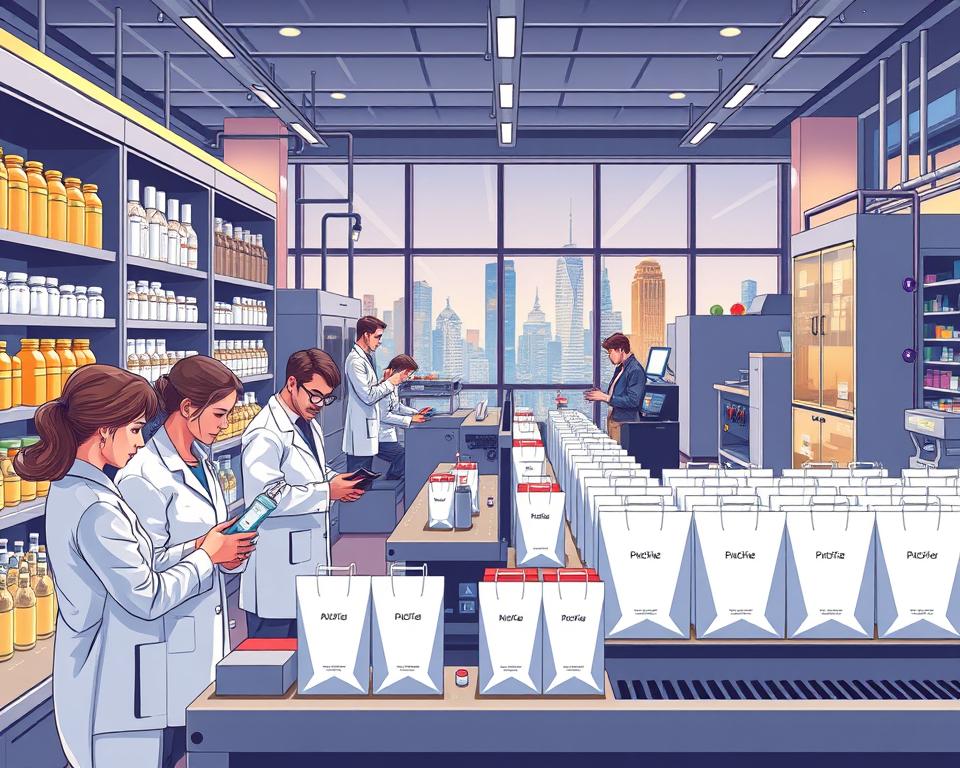Newport RI’s Top Private Party DJ Services – Book Now
Planning a celebration requires more than just a location and food. Selecting proper entertainment can transform a routine gathering into a remarkable occasion. When in Newport RI, picking the right private party DJ plays a pivotal role in defining your event’s vibe. With countless DJ services available, finding the ideal fit for your special occasion is possible. From weddings and birthday parties to corporate events, a skilled DJ can truly transform the occasion.
Beyond playing tunes, a seasoned private party DJ in Newport RI interacts with your guests to create a memorable atmosphere. Among the top choices, Salty Live stands out for its tailored DJ for private events Newport RI services designed to enhance any event.
Reasons to Hire a Private Party DJ in Newport RI
Hiring a private party DJ in Newport RI brings a key musical component to your event. A skilled DJ can boost the atmosphere, keeping the energy alive and guests involved. Rather than static playlists or solo performers, DJs excel at sensing the room and seamlessly shifting tracks. This creates a custom experience designed around your attendees.
DJs provide a diverse array of entertainment options, from multiple genres to smooth transitions. Versatile in style, they cater to all musical preferences for a crowd-pleasing set. Whether you’re into energetic dance tracks or chill tunes, a DJ can seamlessly switch between styles. From the first song to the last beat, they maintain momentum and excitement.
Also, a proficient DJ often acts as the emcee, managing the event’s pace and making key announcements. This dual role ensures your celebration flows smoothly and remains fun. It allows you to relax and enjoy the event, without worrying about the logistics.

Finding the Best DJ Services in Newport RI
When searching for the best DJ Newport RI has to offer, it’s vital to explore various local options. Begin by making a list of DJ services near me and evaluate their reviews and testimonials. Seek out DJs with experience that aligns with your event type. Salty Live stands out, known for its dynamic performances at parties and weddings. With deep local knowledge and top-notch gear, they deliver an exceptional musical journey.
Platforms like GigSalad can simplify your search. On GigSalad, browse real-time feedback, obtain price estimates, and confirm dates. This research helps you choose among the best local DJs. They can bring your vision to life and make your event unforgettable.
Salty Live: Your Number One DJ for Private Events
Searching for a top DJ in Newport RI? Salty Live is your go-to choice. With years of experience, they offer customized music experiences for all types of private events. Whether it’s a small gathering or a grand wedding, Salty Live focuses on your unique vision and preferences.
Salty Live’s DJs craft playlists that match the vibe you desire. Their commitment to a personalized experience makes your event unforgettable. Guests rave about their knack for reading the room and maintaining the momentum.
Opting for Salty Live means partnering with a trusted name in entertainment. Known for their professionalism and creativity, they’re a leading DJ service in Newport RI. Expect high-octane beats and expert pacing to fuel your celebration until dawn.
Which Events Benefit Most from a DJ
A seasoned DJ can elevate any event to an exceptional celebration. Whether it’s a grand wedding, a dynamic corporate event, a lively birthday party, a romantic prom, or a touching anniversary celebration, a skilled DJ can set the perfect mood. Their expertise ensures the ambiance suits your theme.
They excel at creating bespoke playlists tailored to each gathering. They understand the importance of tailoring their playlist to match the event’s vibe. For example:
- Weddings: Newport RI private party DJs set a heartfelt mood for vows and ignite the dance floor afterward.
- Corporate Events: Professional DJs at corporate functions blend background tunes with energetic beats to boost networking and morale.
- Birthday Parties: Birthday bashes come alive with a curated mix of classics and today’s top chart-toppers.
- Proms: The right DJ makes this memorable night extra special, delivering high-energy tracks, perfect for dancing and creating unforgettable moments.
- Anniversaries: Anniversary celebrations shine with a tailored mix of romantic melodies and evergreen favorites.
With such versatility, finding the right event DJ Newport RI can make all the difference. It can turn an ordinary gathering into an extraordinary one.
How to Evaluate a Professional DJ
Target DJs who possess traits proven to elevate your celebration. First, review their background and past performances. Experience translates to seamless mixes and mood mastery. Ask about their previous gigs, the types of events they have catered to, and their approach to various musical genres.
Adaptability is another key quality. They should sense shifts in energy and pivot song choices accordingly. Reactive song selection keeps guests immersed. Strong communication skills are also vital.
Before making a decision, consult client reviews for insights into the DJ’s previous performances. Positive feedback can assure you of their capabilities. An initial consultation helps confirm alignment on style and logistics. This interaction may help you determine if the DJ aligns with your expectations and can deliver a customized experience tailored to your needs.
Custom Music Services for Private Parties in Newport RI
Hiring a private party DJ in Newport RI offers a unique chance to tailor your event. Discuss your playlist preferences, special requests, and must-play songs with your DJ. They’ll craft a setlist that mirrors your tastes.
With Salty Live’s bespoke planning sessions, your musical vision takes center stage. They help you create the perfect atmosphere with your music choices. A custom playlist ensures every beat fits your celebration’s character.
A tailored soundtrack cements lasting memories. The right tunes underscore every special moment. Design a music experience that leaves a lasting impression on you and your guests.
Understanding DJ Pricing in Newport RI
Gauging DJ rates helps you allocate funds wisely. The cost for a four-hour event can range from $400 to $600. This price reflects several factors that affect the total expense.
Looking for affordable DJs is a good starting point. Factors like expertise, distance, and add-ons influence pricing. Veteran DJs command higher fees than less-experienced talent.
Additional features—such as uplighting or sound upgrades—increment expenses. Knowing this helps you budget better. Request itemized estimates early to compare offers accurately.
Event Preparation Tips for DJs
Smart planning ensures a seamless DJ setup. Clarify space and technical needs in advance. A space of about 6×10 feet is usually enough for the equipment. Verify floor plans so the DJ can set up without obstruction.
Confirm that power sources are within reach of all equipment. Proper power access prevents interruptions. With logistics sorted, the DJ can concentrate on the tunes.
The Benefits of Hiring Local DJs
Choosing local DJs in Newport RI offers many advantages for your event. Local DJs know crowd preferences and venue quirks. They curate sets that resonate with neighborhood vibes.
Supporting local DJs boosts community pride. You foster small-business growth and job creation. Reduced mileage fees translate to lower overall rates.
Local pros often offer extra attentiveness. They’ll collaborate with you to capture your event’s essence. The result is a tailored ambiance reflecting your tastes.
Key Takeaways When Booking Your DJ
Booking a DJ for your event is a task that demands careful thought and planning. It’s vital to consider key DJ booking tips to find the perfect match for your occasion. Begin by asking the DJ about their experience with different music genres and how they handle requests during the event.
Clarify gear specs and inquire about surcharges for extras. Transparency on fees prevents budget surprises. Use a DJ hiring checklist to cover all bases, including confirming their availability and understanding their cancellation policy.
Consult testimonials and contacts to gauge reputation. A meticulous vetting process leads to peace of mind on the big day.
To Summarize
The perfect DJ choice unlocks a memorable ambiance. Professional services like Salty Live excel in delivering exceptional, customized entertainment. Their tailored approach matches both your style and crowd tastes. Armed with these tips, you’ll choose a DJ who elevates the party mood.
Focus on the vibe you wish to craft when booking a Newport RI DJ. Allocate time for a thorough planning session. Verify that tunes and tempo sync with your celebration’s concept. Your choice of DJ plays a critical role in shaping the memories of the day, so make it count.
Don’t wait any longer to secure your entertainment! Reserve early so you can focus on enjoying the lead-up to your celebration. With the right DJ on your side, you can focus on enjoying your celebration while knowing the music is in expert hands.









